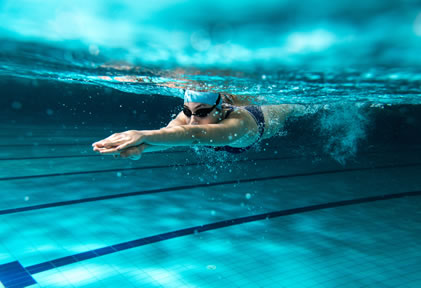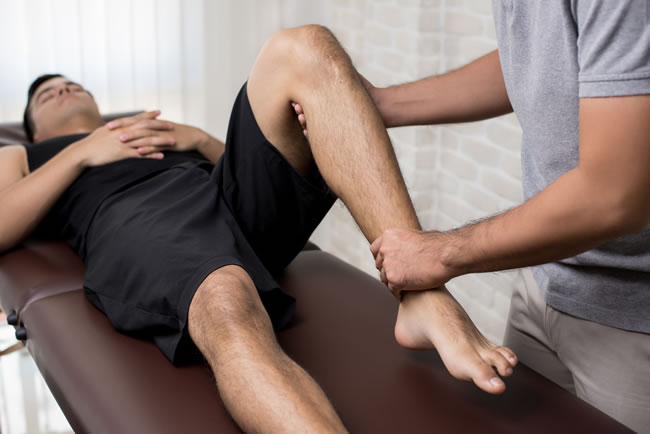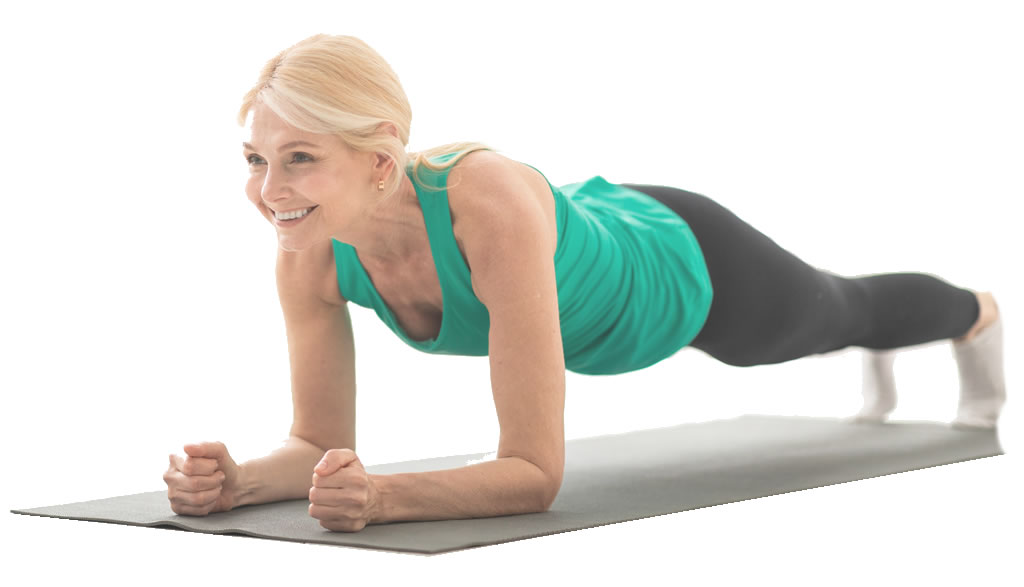Running
Don’t Run into Trouble
8 Keys to Preventing Running Injuries
The high rate of running injuries makes focusing on prevention key. If you can prevent injuries, you’ll be able to run more consistently, reach a higher weekly mileage, do more challenging workouts – and ultimately, race a lot faster for longer.
Prevention is essentially the ‘mirror image’ of risks or causes of injuries. If you understand those, then you know where to start.
1
Training Errors:
Overloading tissues due to constant repetition of the running action. Watch your mileage, you should aim to increase your weekly mileage by no more than 5-10%. Include recovery days and cross train. Run on different routes and surfaces (including grass) to vary the repetitive nature and load on your body. You should also rotate between 2-3 pairs of different running shoes. Group runs are great for motivation, fun and company but ensure you can run at your pace within the group and don’t get dragged off on long, or hilly, runs if you are not ready
2
Biomechanical Factors:
The way you run, or your running ‘style’ is very relevant. We all know that some people look fantastic while others look dreadful. However, how you look does not relate to how ‘stressful’ or efficient your action is. Style can be difficult or even impossible to change so always consult a coach or a therapist with experience of working with runners.
3
Recovery Time:
Running places stress on the body. If given adequate time to recover these stresses will act as a stimulus causing the body to adapt in a positive manner making it fitter and stronger. However, if there is inadequate time between training sessions the body does not fully recover and minor damage to tissues can consequently develop into an injury.
4
Inadequate Nutrition:
Hard training causes depletion of muscles glycogen stores.
Muscle glycogen is an essential fuel during strenuous exercise, the depletion of it causes fatigue and inhibits performance. If glycogen stores are not effectively replaced, you will start the next run in a semi-depleted state, causing potential fatigue and therefore increased injury risk. The same may also be true of dehydration and fluid replacement after exercise.
5
Muscle Imbalance and Weakness:
This overlaps with posture and anatomical factors (like being ‘flat footed’ or having knock knees). We adopt stressful postures daily, particularly when sitting, where imbalances in muscles can develop.
Static positions held for long periods, or jobs that may lead to an overdevelopment of some muscles, and under development of others, create inbalances between abnormally tight and shortened muscles, or weak and long ones.
This will alter movement patterns and postural control which can increase the potential for injury. A physical or manual therapist can be a great help in this situation.
6
Prior Injury:
One of the strongest risk factors for injury is a previous injury in the past 12 months. Ideally therefore you want to prevent the first injury! If not, then ensure your injury is fully treated, healed and rehabilitated before you start a progressive return to running to avoid a re-injury. Even if you don’t feel pain from the injury, you may need to continue your rehabilitation treatment for some time after the injury has ‘healed.
Useful Links for Runners
Running training – strengthen and injury
The Big Six Sports Injuries
Running
The high rate of running injuries makes focusing on prevention key. If you can prevent injuries, you’ll be able to run more consistently, reach a higher weekly mileage, do more challenging workouts – and ultimately, race a lot faster for longer.
Skiing
There’s no doubt about it, snow sports are fun. Whether you’re hurtling down the side of a mountain at 40 mph, or exploring backcountry terrain; snow sports always involve excitement, adventure and exhilaration.
Golf
Basic cardiovascular fitness is essential. Regular walking, running or cross-training on a stair machine, elliptical trainer, swimming, and cycling are all ways to improve general fitness.
Tennis
The sun is shining, the strawberries are ripening and the tennis season is upon us! The tournaments held at the Queen’s Club and The All England Club in London are just around the corner, inspiring many of you to get back out on the court.
Cycling
There are two main types of cycling injury, those caused by falling off (which we don’t discuss below) and the issues caused by overtraining, biomechanical stresses, often due to muscle imbalances, and incorrect bike set-up.
Swimming
Swimming is one of the most popular sports in the world. We swim in the sea, pools, lakes, streams, rivers and even ponds. And given that 70% of the Earth’s surface is water, we’re not short of opportunities.
Start your journey to a healthier, stronger body today!
RESTORATION
Once we have got you to a stage where you injury is healed, we then give you a rehabilitation programme to restore your strength and enable you to resume your sporting activities.
prevention
Are you currently engaging in sport but worried about getting injured in the future? Why not work with us so we can help get your body strong and supple to minimize any disruption to your exercise routine?
Exercise Login
Comprehensive exercise programmes specific to you.













